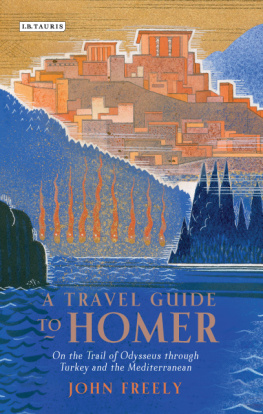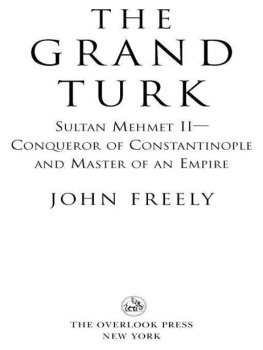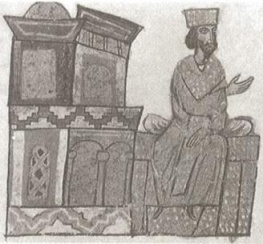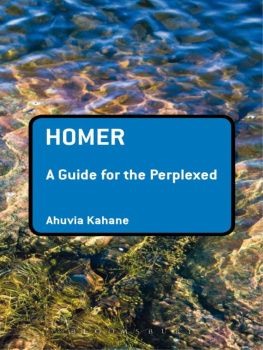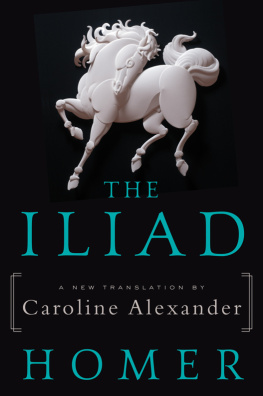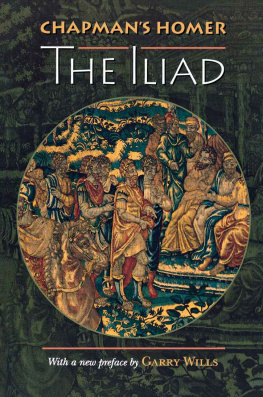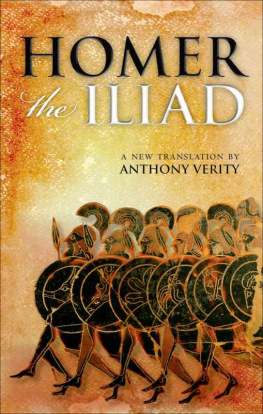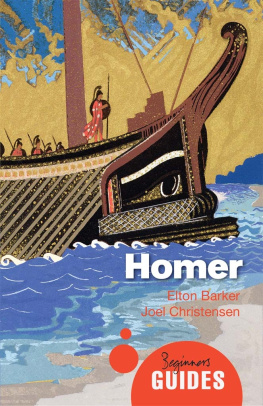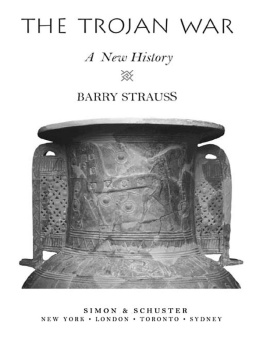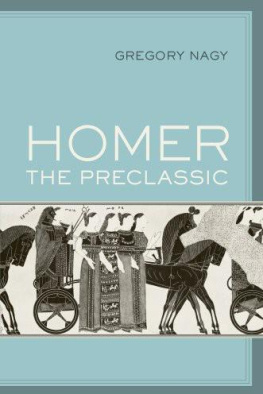
John Freely is one of the most widely respected writers of travel books, histories and guides about Greece and Turkey. He is the author of The Grand Turk , Storm on Horseback , Children of Achilles , The Cyclades , The Ionian Islands , The Western Shores of Turkey , Strolling through Athens and the bestselling Strolling through Istanbul (all I.B.Tauris ). He lives in Istanbul.
Whenever Im asked to recommend a book about Turkey, I reply, Anything by John Freely.
Stephen Kinzer, former New York Times correspondent
Freely abounds in colourful details
Philip Mansel, Independent
[ The Western Shores of Turkey is an] enchanting guide a work of genuine scholarship, lightly worn and charmingly conveyed. I fell in love with the book and stayed enamoured until the final page.
Paul Bailey, The Sunday Times
a man effortlessly able to convey in depth the meaning of what he sees.
Marlena Frick, Scotsman
[ Strolling through Istanbul is] a classic.
The best travel guide to Istanbul.
The Times
Freely reveals a superb eye for the telling detail.
Independent
He makes [writing] look easy and does so with great style and charm, seeing the big picture and writing with a novelists eye for the telling detail.
Victoria Holbrook
John Freely is a virtuoso of cultural narration.
Talat S. Halman, Dean of the Faculty of Humanities and Letters at Bilkent University

Published in 2014 by I.B.Tauris & Co Ltd
6 Salem Road, London W2 4BU
175 Fifth Avenue, New York NY 10010
www.ibtauris.com
Distributed in the United States and Canada
Exclusively by Palgrave Macmillan
175 Fifth Avenue, New York NY 10010
Copyright 2014 John Freely
The right of John Freely to be identified as the author of this work has been asserted by him in accordance with the Copyright, Designs and Patents Act 1988.
All rights reserved. Except for brief quotations in a review, this book, or any part thereof, may not be reproduced, stored in or introduced into a retrieval system, or transmitted, in any form or by any means, electronic, mechanical, photocopying, recording or otherwise, without the prior written permission of the publisher.
Every attempt has been made to gain permission for the use of the images in this book. Any omissions will be rectified in future editions.
ISBN: 978 1 78076 197 8
eISBN: 978 0 85773 494 5
A full CIP record for this book is available from the British Library
A full CIP record is available from the Library of Congress
Library of Congress Catalog Card Number: available
For Toots, my Penelope
Maps and Plans
Illustrations (Plate Section)
This book is meant to be a guide to Homers Iliad and Odyssey , which will lead the traveller from Troy along the Aegean coast of Turkey and then around the shores of the Mediterranean, following in the footsteps of Odysseus as he goes off to fight in the Trojan War and, after many adventures, makes his way back to his home and family in Ithaca.
I first crossed the wake of Odysseus in October 1945 on a US Navy troopship coming back to New York from the Pacific and China-Burma-India theatres of war. I had read the Iliad and Odyssey before going off to war, and I reread them several times during the half-century that I have lived in Greece and Turkey, when my travels shadowed those of Odysseus, although some imagination is often needed, for our hero was known as the man of many ways. I have woven my own account together with Richmond Lattimores translations of the Iliad and the Odyssey , one or another of which I have always had with me in all my Homeric journeys, and through them and other reading I think I have learned something of the world of Homer himself, which I have tried to pass on in this book of travels.
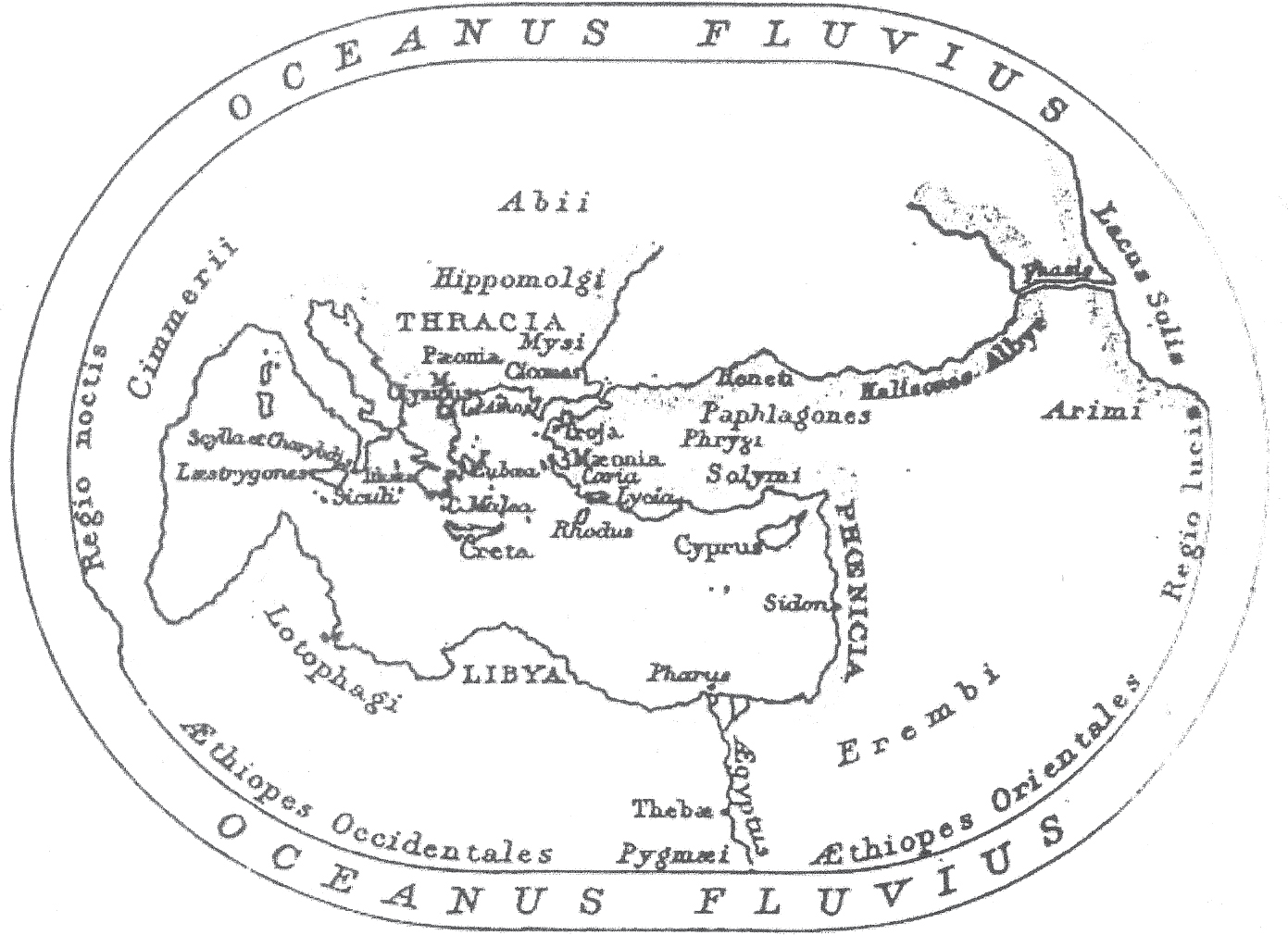
The World according to Homer in 1000 BC
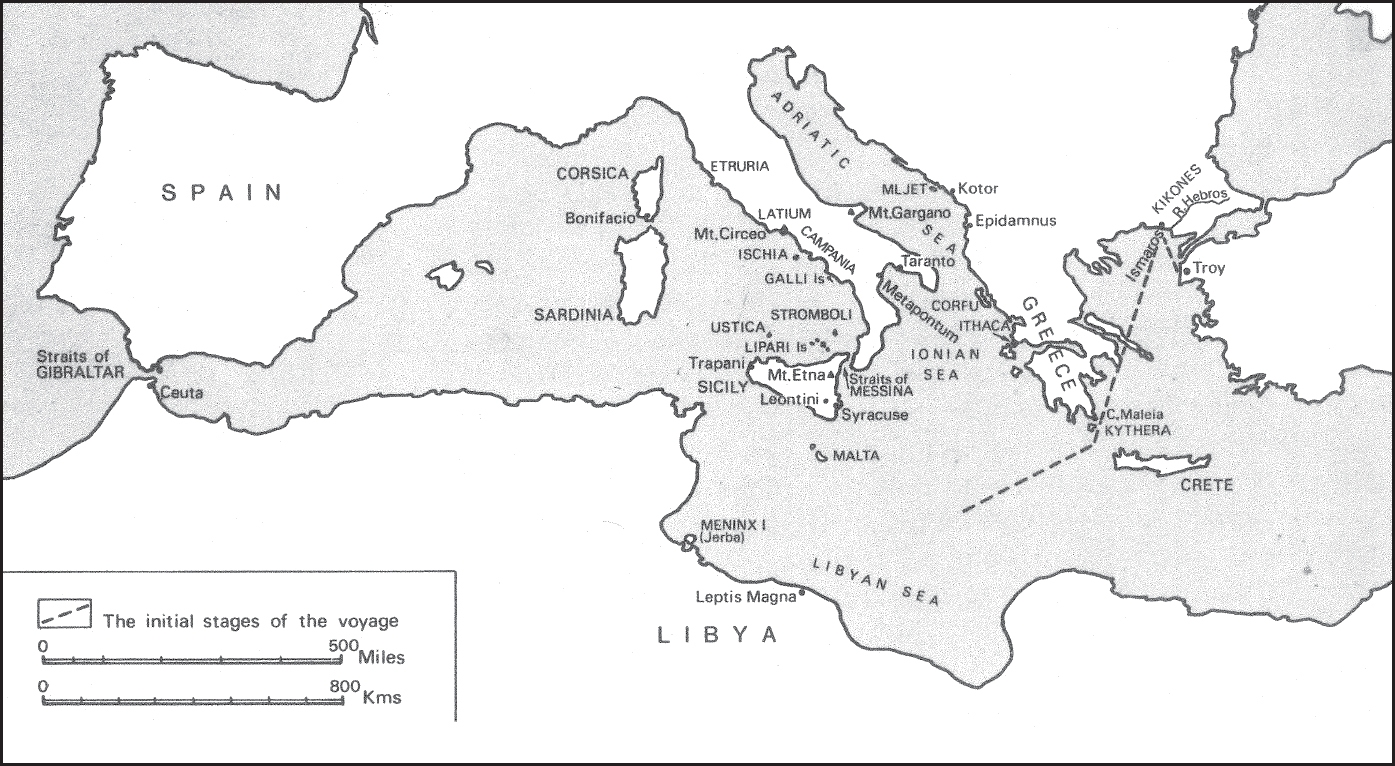
The Odyssey: Initial stages of the voyage

The Catalogues of Greeks and Trojans
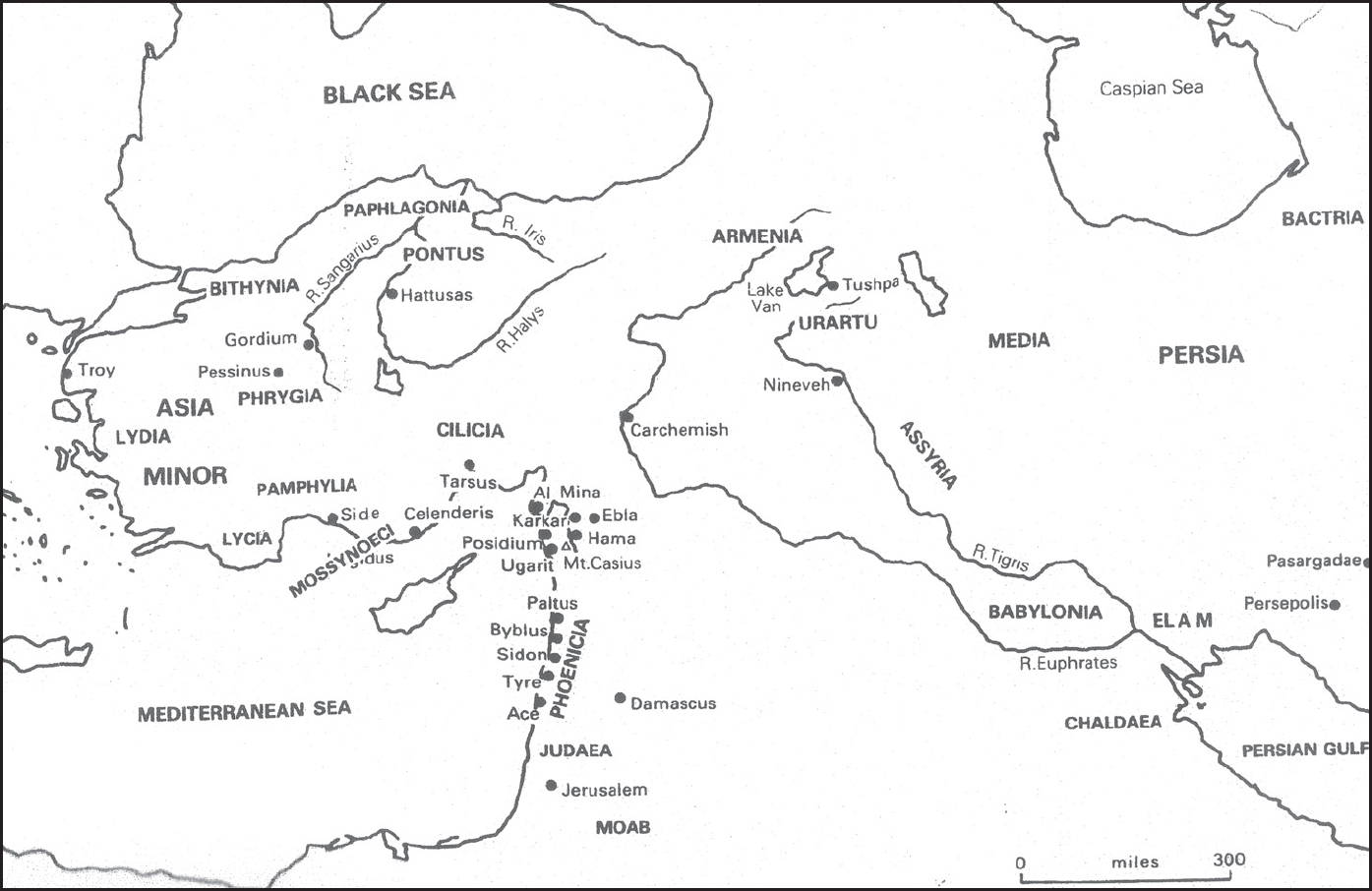
The Near and Middle East
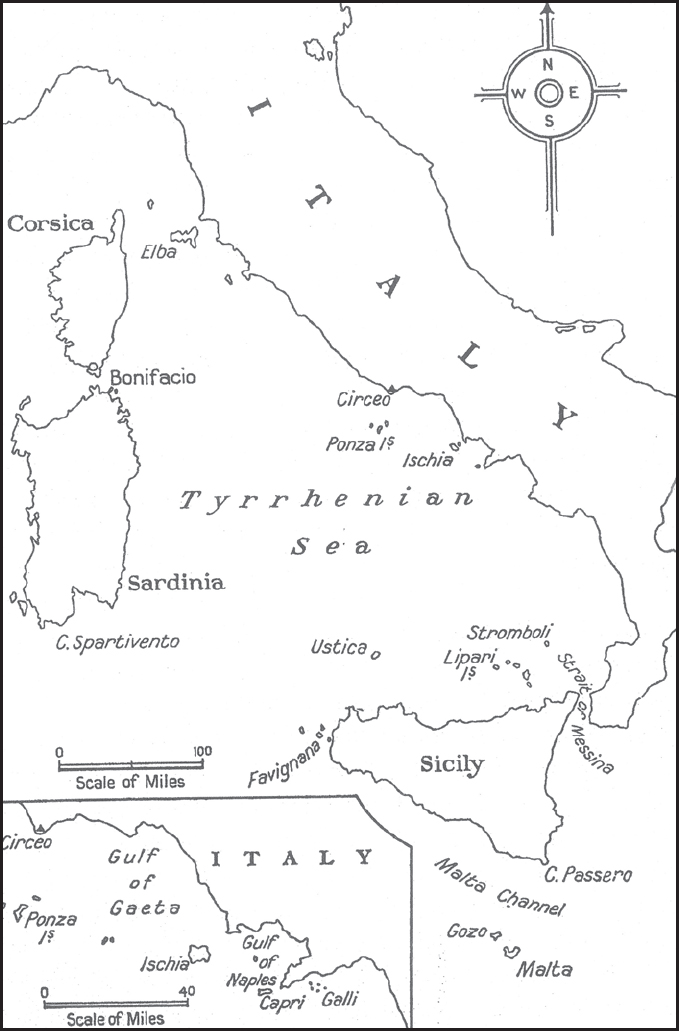
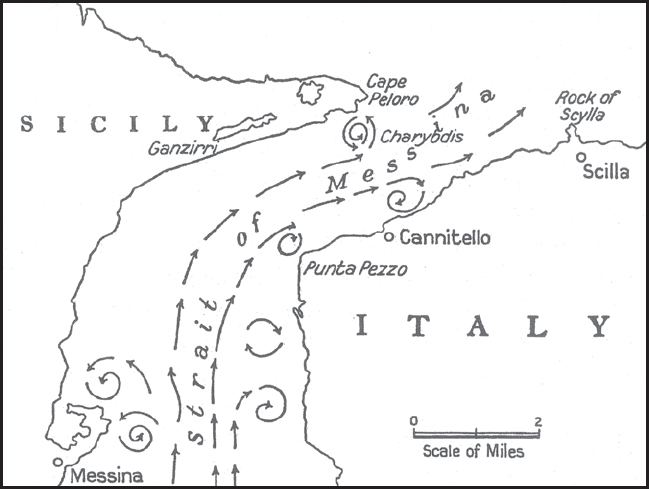
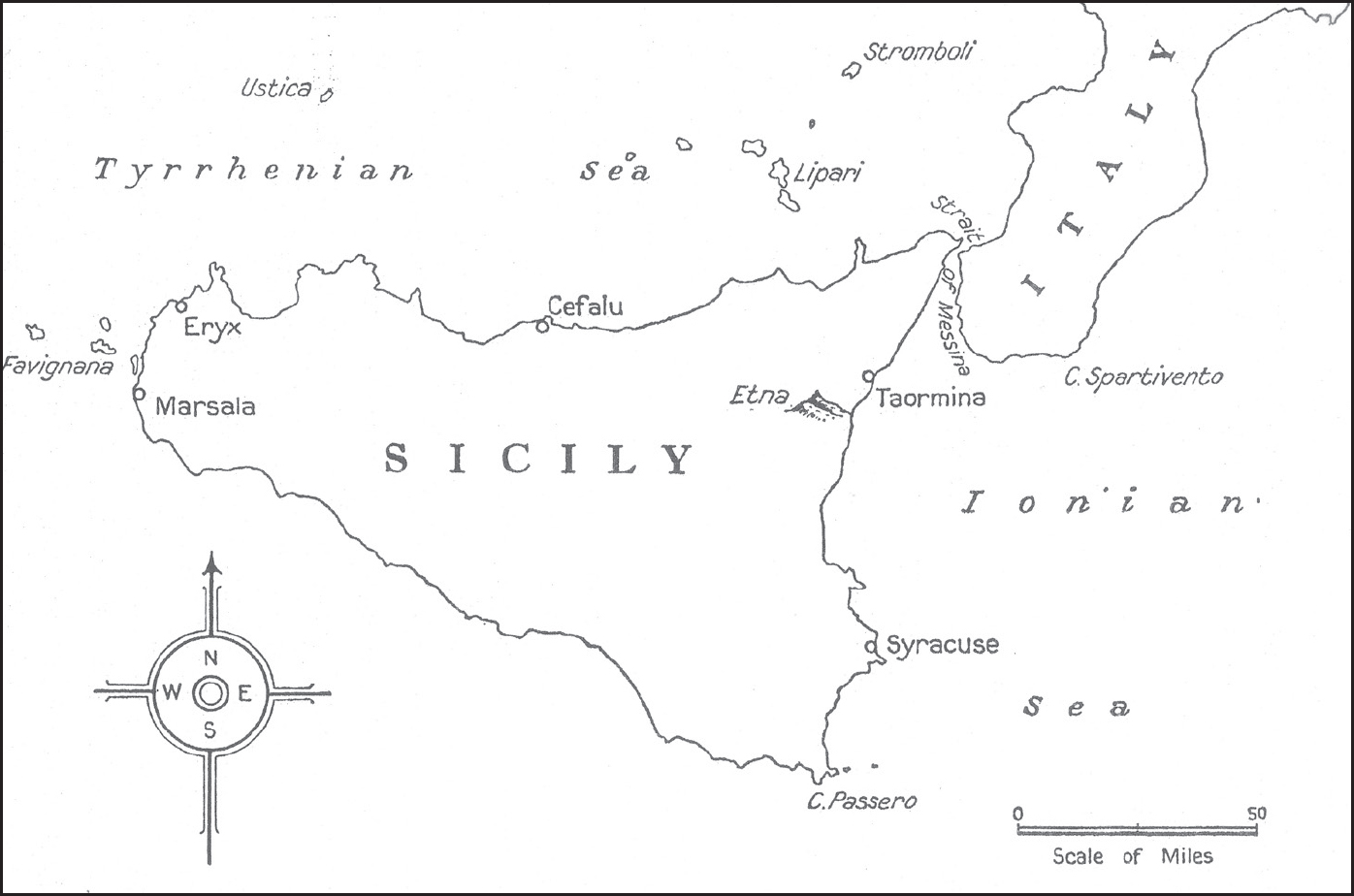
Italy and Sicily
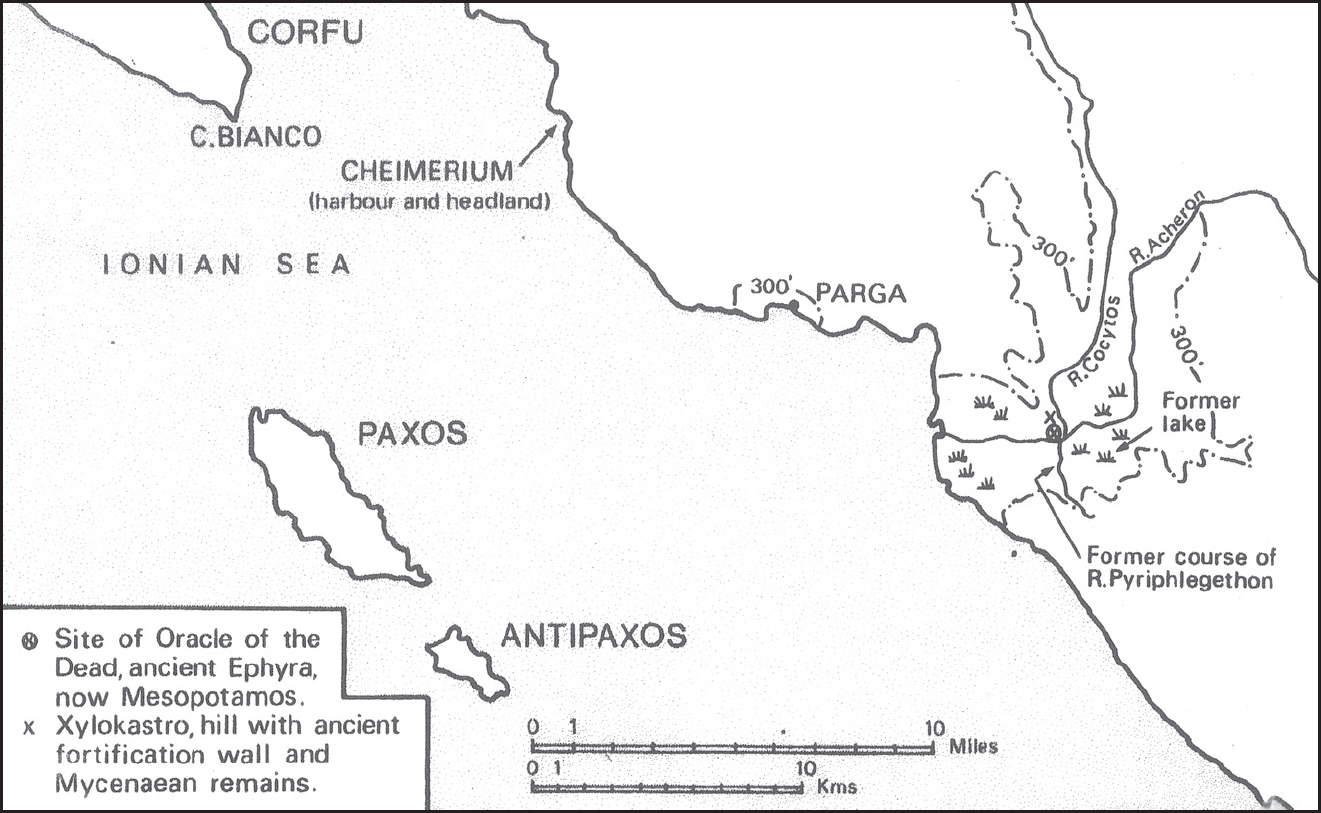
Site of Oracle of the Dead, ancient Ephyra
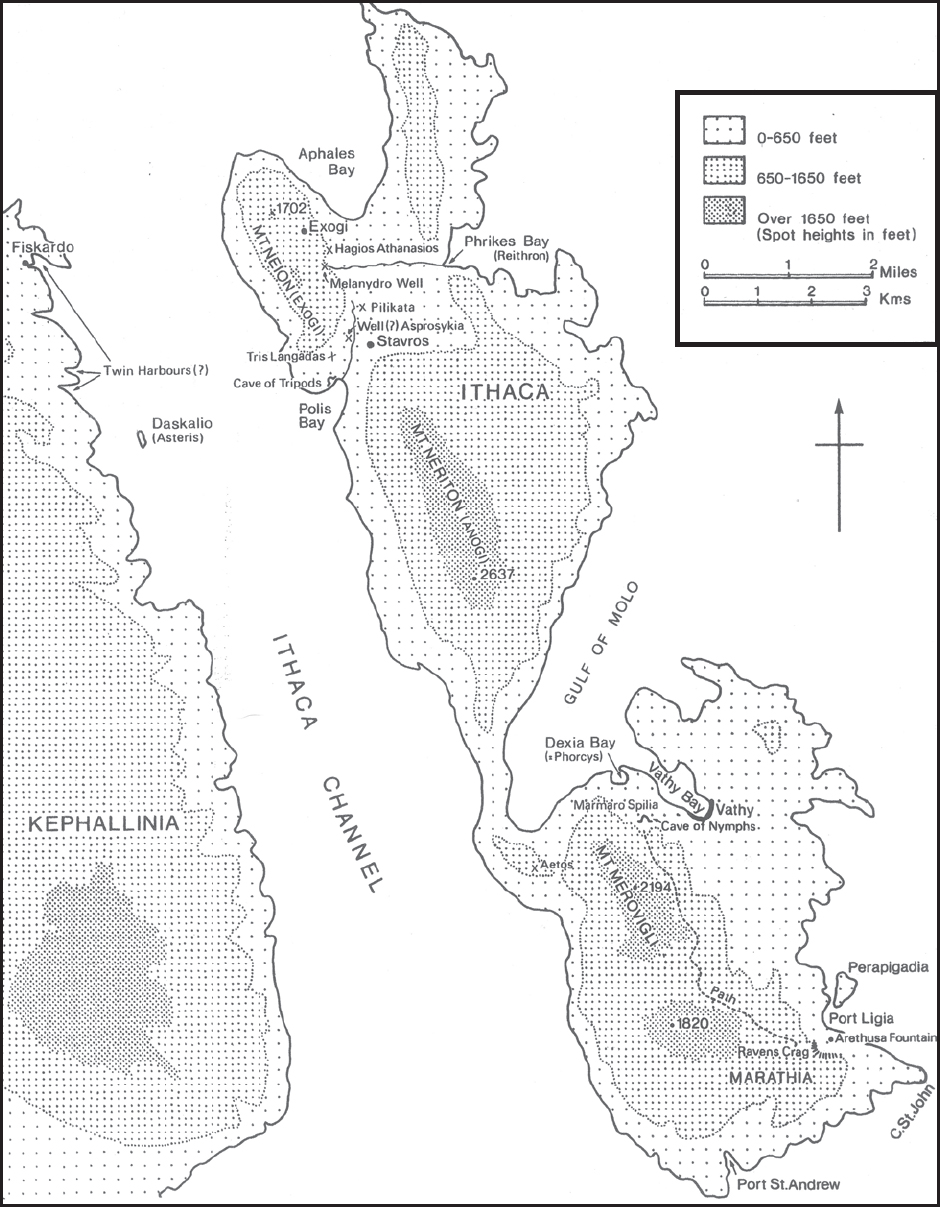
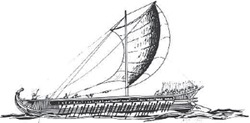
Greek literature begins with Homers two epic poems, the Iliad and the Odyssey , whose enormous literary influence still endures today, nearly 3,000 years after they were composed.
The Iliad is set in the plain of Troy, a great fortress city on the Asian side of the Dardanelles (Hellespont) near its Aegean end. The Dardanelles, together with the Sea of Marmara (Propontis) and the Bosphorus, forms the historic strait between the Aegean and the Black Sea (Pontus) that separates Europe and Asia in what is now north-western Turkey. The European side of the strait has since antiquity been called Thrace. The other side is known in Turkish as Anatolia, which in times past was generally called Asia Minor. The word anatolia means east in Greek, more literally the land of sunrise. The name Asia may have had the same meaning as this in both the Indo-European and Semitic families of languages, while Europe may have meant sunset or the land of darkness. The distinction would have been evident to the first Greek mariners making their way through the Hellespont from the Aegean, with Asia to the East and Europe to the West, the waters of the strait clearly dividing the land of sunrise from the land of darkness.
The background of the story told in the Iliad can be summarized thus: Paris, also called Alexandros, son of King Priam of Troy, is a guest of the Greek warlord Menelaus at Sparta. Paris seduces Helen, wife of Menelaus, who returns with him to Troy. Menelaus appeals for help to his brother Agamemnon, King of Mycenae in the Argolid, who calls on warlords throughout the Greek world to join him in an expedition against Troy, their fleet assembling at Aulis in Boeotia before making their way to the Hellespont. The Greeks attack Troy but are unable to take it and put the city under siege, sacking several places in the Troad, the huge peninsula south of the Hellespont.
Next page
